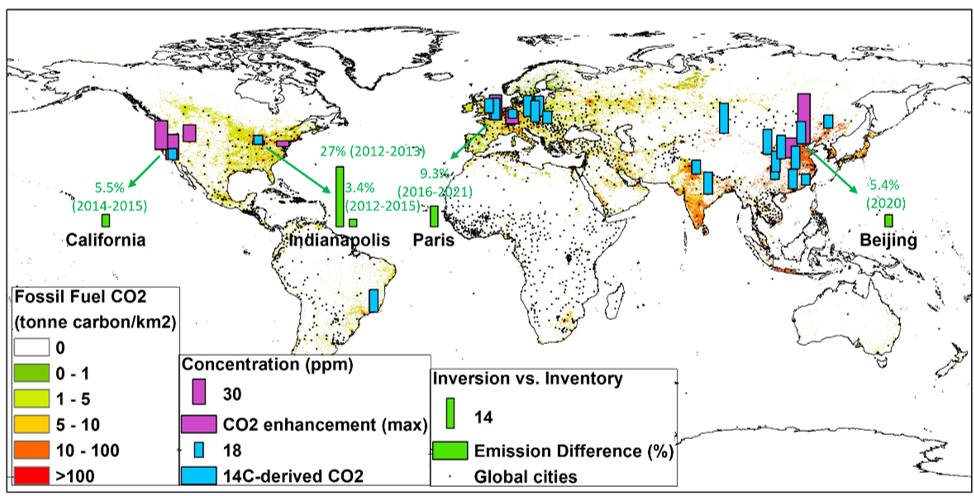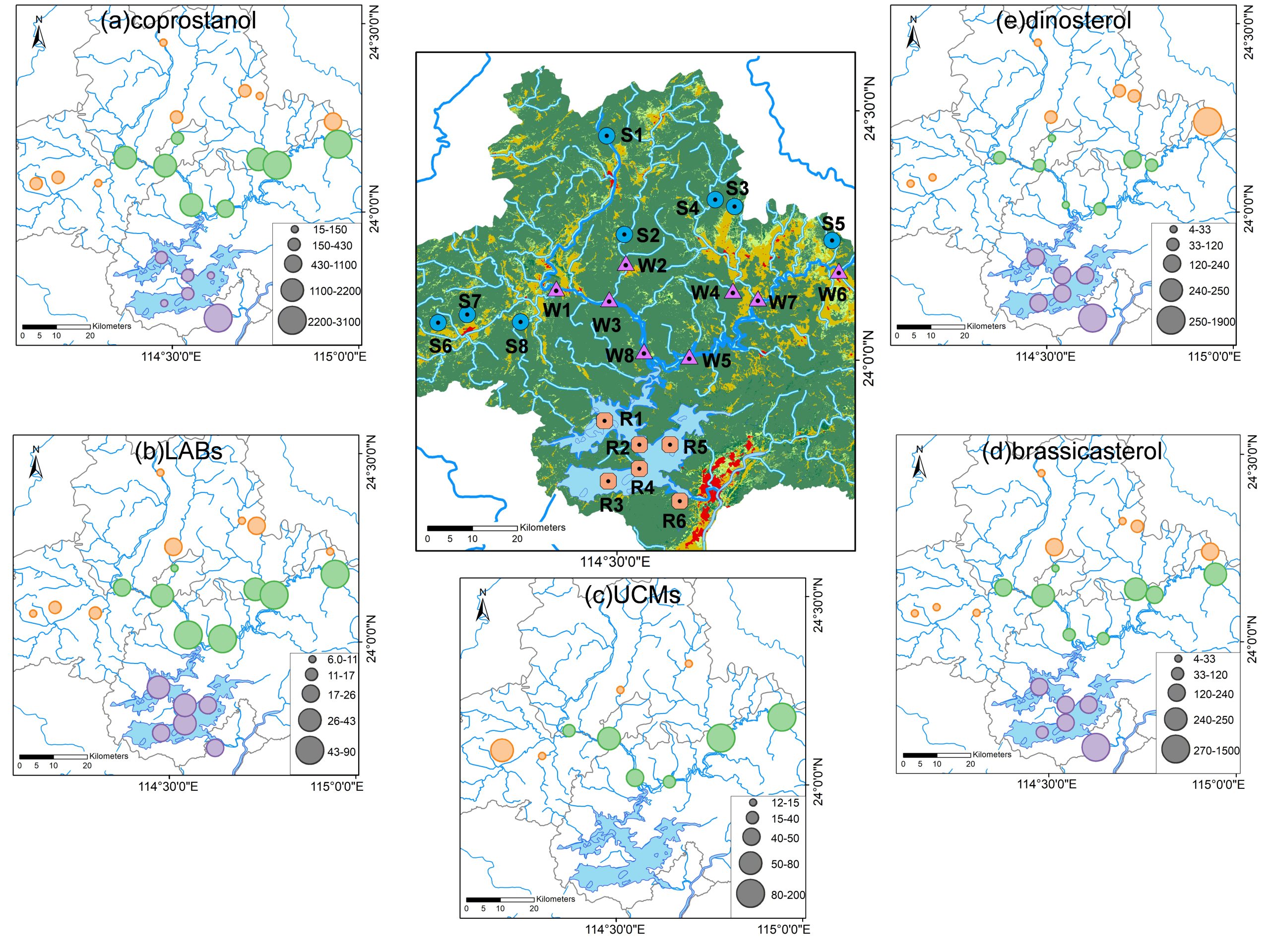On July 23, Li Jing’s new paper entitled ‘Advances in the Design of Urban CO2 Emission Monitoring Networks:A Review‘ was accepted for publication in Carbon Research. It is a nice and very useful review paper. Congratulations!

On July 23, Li Jing’s new paper entitled ‘Advances in the Design of Urban CO2 Emission Monitoring Networks:A Review‘ was accepted for publication in Carbon Research. It is a nice and very useful review paper. Congratulations!

On July 22, Wang Xiao and Buqing’s new paper entitled ‘Tracing anthropogenic contamination in a riverine source-reservoir continuum: insights from molecular markers‘ was accepted for publication in STOTEN. This is Wang Xiao’s first paper ever. Congratulations!

On 17 July, Professor MD Ahsan Habib received an official letter issued by the United Nations Secretary-General António Guterres (安东尼奥⋅古特雷斯), appointing him selected member of the UN Independent Scientific Panel on effects of nuclear war, which includes 21 members in total. Habib was selected both as a senior professor in Dhaka University and a fellow of Chinese Academy of Sciences. Huge honor and great task, congratulations to Professor Habib!
The independent scientific panel of experts is tasked with examining the physical effects and societal consequences of a nuclear war on a local, regional and planetary scale in the days, weeks and decades following a nuclear war.
The panel was established pursuant to General Assembly resolution 79/238, titled “Nuclear War Effects and Scientific Research”, and is mandated to examine “the physical effects and societal consequences” of a nuclear war “on a local, regional and planetary scale, including, inter alia, the climatic, environmental and radiological effects, and their impacts on public health, global socioeconomic systems, agriculture and ecosystems, in the days, weeks and decades following a nuclear war”.
The panel consists of 21 members drawn from a range of scientific fields, including: nuclear and radiation studies; atmospheric sciences and climate; environment and environmental studies; agriculture, biology and life sciences; public health and medicine; and behavioural and social sciences and applied economics.
Click for more info: https://press.un.org/en/2025/dc3900.doc.htm